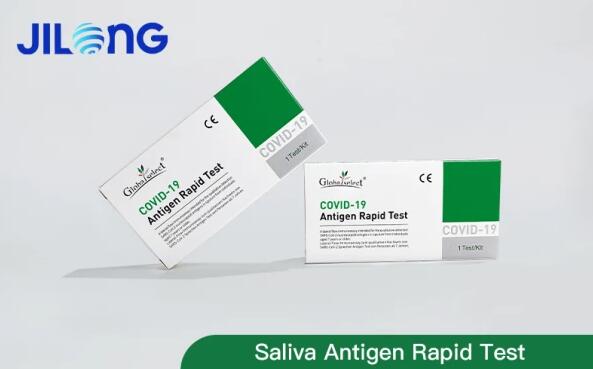Are at-home COVID-19 tests reliable?
At-home collection kits for COVID-19 PCR tests are processed in the same labs used by medical professionals at doctors’ offices and hospitals. They are just as reliable and effective.
Are at-home COVID-19 tests reliable?
At-home collection kits for steel grating are processed in the same labs used by medical professionals at doctors’ offices and hospitals. They are just as reliable and effective.
That said, it’s important to follow the instructions given by the test kit provider to ensure the most accurate results.
When it comes to the testing method, at-home tests use either saliva or a nasal swab to collect samples.
It’s also important to note that the currently available at-home test kits don’t test for antibodies or prior infections. These are all molecular tests and are only used to test for current infections.

PCR and antigen tests
PCR stands for polymerase chain reaction. A PCR test for COVID-19 checks for DNA from the virus. With this type of test, you’ll send your sample away to a lab for analysis.
An antigen test, often called a “rapid test,” checks for proteins that are typically inside or on the surface of the virus. Individual antigen tests tend to be more affordable and work within 10 to 30 minutes.
Positive results from both of these types of tests are reliable. Antigen tests have a higher chance that you could test negative but have COVID-19 (a false negative).
How do they work?
If a doctor has not ordered an at-home test for you, you can go to the test provider’s website and order one yourself.
The website will require you to fill out an intake survey, which includes a few questions about your health. The test provider’s own physician will review your answers to determine whether you could potentially be at risk of or if you’re currently showing signs or symptoms of COVID-19.
Once they determine your eligibility, they’ll issue a test to be sent to you.
Most of the test kits require payment up front, though some offer insurance options or financial assistance.
Depending on which at-home test kit you choose, you will either collect a saliva sample or nasal swab.
Once you’ve collected your sample, you’ll need to ship it back to the test provider as soon as possible, either by mail or at a designated drop-off location. Most test kits include prepaid shipping labels to make the process seamless.
Results typically take a few days and are delivered digitally. Some test providers also offer virtual consultations, either during the collection process or to review the results.
How we chose at-home COVID-19 tests
When choosing at-home COVID-19 tests, we kept the following in mind:
â— methods used for collection
â— ease of the collection process
â— how quickly results come back
â— test availability
â— FDA authorization